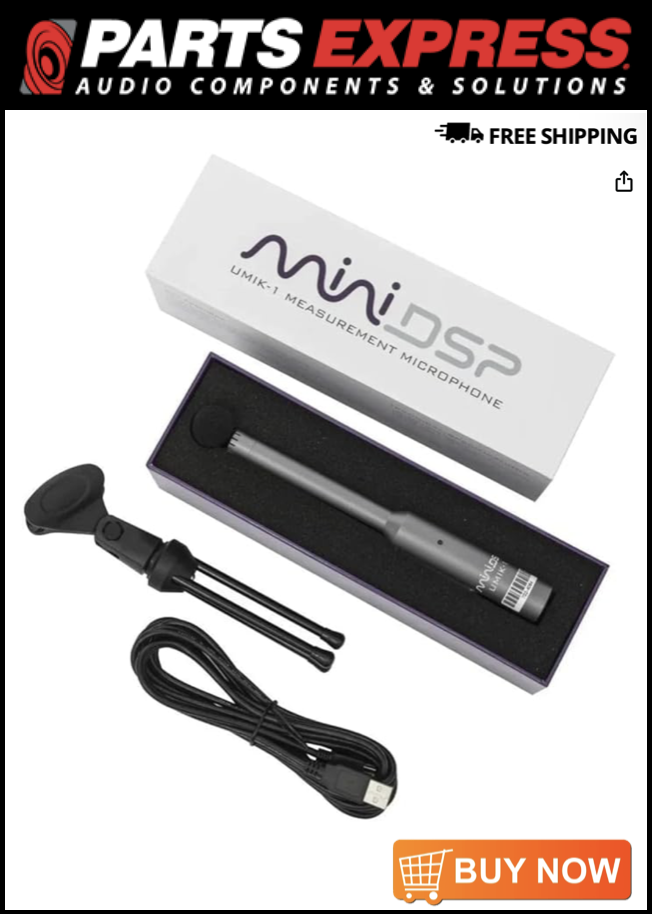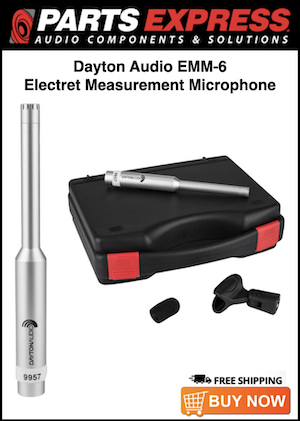tommyboy
Member
Thread Starter
- Joined
- Oct 4, 2021
- Posts
- 17
More
- Preamp, Processor or Receiver
- Dangerous Music Source
- DAC
- Lynx Aurora16
- Computer Audio
- Lynx AES16 card
- Front Speakers
- Focal Be6 Trio
- Other Equipment
- Windows 10, Intel i7, ASUS X99
I am just wondering if there's anyone out there besides me that uses Bonded Logic's recycled blue jean cotton for sound absorption. I used this in the construction of my studio walls but after seeing the absorption coefficient on bobgolds.com, I had to try it later on the walls. I don't have measurements but it has quieted my room down. Just to be safe I typically hang up a batt outside before installing and beat it with a tennis racket until most of the powdered treatment is gone. It's a pure guess on my part but I think it would be safer (air quality-wise) than rock wool or fiberglass... and if the numbers below are accurate then it's phenomenal. I plan to use more in the future for corner traps. I'm just surprised that I don't hear more about it being used.











